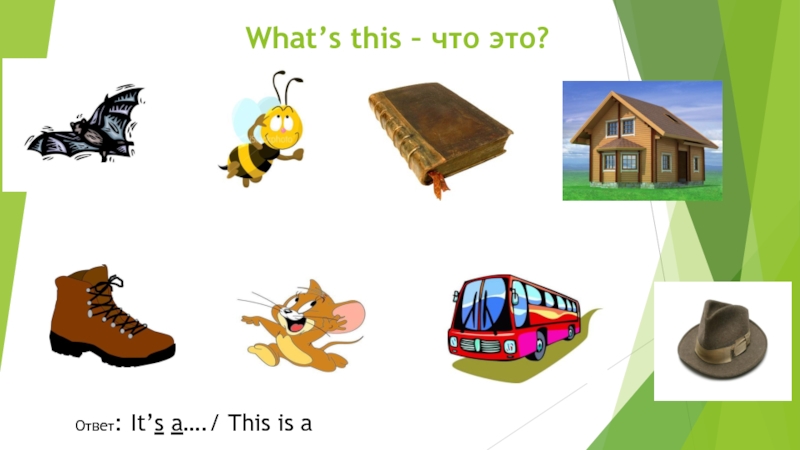- Главная
- Разное
- Образование
- Спорт
- Естествознание
- Природоведение
- Религиоведение
- Французский язык
- Черчение
- Английский язык
- Астрономия
- Алгебра
- Биология
- География
- Геометрия
- Детские презентации
- Информатика
- История
- Литература
- Математика
- Музыка
- МХК
- Немецкий язык
- ОБЖ
- Обществознание
- Окружающий мир
- Педагогика
- Русский язык
- Технология
- Физика
- Философия
- Химия
- Шаблоны, фоны, картинки для презентаций
- Экология
- Экономика
Презентация, доклад по английскому языку на тему Космические технологии (11 класс)
Содержание
- 1. Презентация по английскому языку на тему Космические технологии (11 класс)
- 2. Choose the right answers
- 3. MARSReddish sky above .The vast canyon .The fourth
- 4. MERCURYSmall, covered in deep craters. Hot during the day .Cold at night. The fastest planet
- 5. NEPTUNEMost windy.Rings and moons. Takes 160 to go round the sun.
- 6. PLUTOThe farthest planet .Strange orbit. Sometimes it is closer to the sun.
- 7. SATURNLarger than Earth. Lighter than water. Has flatten poles. Float in a gigantic swimming pool.
- 8. JUPITER The largest planet. Stormy. Spins fast.
- 9. URANUS Pale blue-green cloudy atmosphere.15 moons and two rings.42 years of sunlight.42 years of darkness.
- 10. THE UNIVERSEall space, including all the stars and planets
- 11. STARS large balls of burning gas in space
- 12. THE SUN the large bright object in the
- 13. A COMET an object in space like a
- 14. THE MOON the round object that you can see shining in the sky at night
- 15. Complete the sentences from ex.5 on
- 16. Vocabularysatellite - спутник, спутниковыйinvestigation; exploration
- 17. Vocabularyflight - полетprobe - зондsingle-sitter - одноместныйmulti-sitter
- 18. Vocabularydocking - стыковкаastronaut - астронавтjoint space venture
- 19. Russia's achievementsSatellite technology and investigation of outer space.
- 20. What holiday do we celebrate on the 12-th of April?Cosmonautics Day
- 21. Why do people celebrate Cosmonautics Day
- 22. What do you know about the first
- 23. Russia is proud of its achievements in satellite technology and investigation of outer space.
- 24. On October 4, 1957, the world's first
- 25. On April 12,1961,the Soviet Union launched «Vostok-1».
- 26. For the first time in the history
- 27. Valentina Tereshkova, the first woman to travel
- 28. Слайд 28
- 29. When did the USA launch the first
- 30. How many satellites were launched by our
- 31. When did the USA launch its first
- 32. When were men landed on the surface
- 33. Who was the first to step on
- 34. Слайд 34
- 35. СинквейнОдно существительноеДва прилагательныхТри глаголаПредложение, выражающее свое отношениеВывод или обобщение
- 36. СинквейнSpaceMystical and unknownTo know, to study, to
- 37. The flight into outer space allows man
Слайд 3MARS
Reddish sky above .
The vast canyon .
The fourth planet.
The huge volcano
Named for the god of war.
Слайд 7SATURN
Larger than Earth.
Lighter than water.
Has flatten poles.
Float in a gigantic swimming
Слайд 9URANUS
Pale blue-green cloudy atmosphere.
15 moons and two rings.
42 years of sunlight.4
2
Слайд 11STARS
large balls of burning gas in space that can be seen
Слайд 12THE SUN
the large bright object in the sky that gives us
Слайд 15Complete the sentences from ex.5 on the 103 p. with the
Are any of this words similar to ones in your language?
Telescope
Orbit
Radio waves
Antenna
Laser
Signals
Satellite
Cosmos
Слайд 16Vocabulary
satellite - спутник, спутниковый
investigation; exploration -исследование
Outer space - космос
artificial
launch - запускать
space - космос, пространство
spacecraft - космический корабль
Слайд 17Vocabulary
flight - полет
probe - зонд
single-sitter - одноместный
multi-sitter - многоместный
circle -
aircraft - летательный аппарат
Слайд 18Vocabulary
docking - стыковка
astronaut - астронавт
joint space venture - совместный космический проект
objectives
valuable observations - ценные наблюдения
fly by - облететь
soft-landing - мягкое приземление
Слайд 21Why do people celebrate Cosmonautics Day
on the 12-th of April?
The
Слайд 22What do you know
about the first cosmonaut?
The first man who flew
Слайд 23 Russia is proud of its achievements in satellite technology and
Слайд 24On October 4, 1957, the world's first
artificial satellite was launched
country. With «Sputnik-1» a great deal
of programmers of space exploration
were implemented. Over the next
few years a number of unmanned
spaceships of various kinds,
ranging from meteorological and
communications satellites to lunar
probes were launched.
Слайд 26For the first
time in the history of
mankind a manned
spacecraft was
launched into
outer space. It carried
Yury Gagarin in a single
orbit around the Earth
Слайд 27Valentina Tereshkova,
the first woman to travel
into space, was
launched
16,1963 in «Vostok-6»,
which completed 48
orbits in 71 hours.
Слайд 28
demonstrated that man
could function while weightless
in space. The «Vostok»
spacecraft enabled
the preparation
of new, more complicated flights.
Слайд 29When did the USA launch the first satellite?
The
Слайд 30How many satellites were launched by our country and the United
For forty years both nations successfully launched
more than 5,000 satellites and space probes of all
varieties for conducting scientific research,
communications, meteorological, photographic
reconnaissance, and navigation satellites, lunar
and planetary probes, and manned space flights.
Слайд 31When did the USA launch its first manned spacecraft?
On May 5,
its first manned spacecraft, a «Mercury»
capsule in which astronaut Alan Shepard,
made a 15 minute suborbital flight.
Слайд 32When were men landed on the surface of the Moon?
On July
Слайд 33Who was the first to step on the Moon?
On July
onto the Moon's dusty surface with the words,
«That's one small step for a man, one giant leap for mankind.»
Слайд 35Синквейн
Одно существительное
Два прилагательных
Три глагола
Предложение, выражающее свое отношение
Вывод или обобщение
Слайд 36Синквейн
Space
Mystical and unknown
To know, to study, to develop
Space is the largest
The studying of outer space allows man to penetrate into new spheres of unpredictable discoveries.
Космос
Загадочный, непознанный
Узнать, понять, освоить
Космос-понятие необъятное
Изучение космоса сделает прорыв в науке
Слайд 37The flight into outer space allows man to penetrate into new
spheres of unpredictable discoveries. Scientists are interested
in space exploration because today physics, chemistry,
biology, astronomy need new data, which can not be found on
the Earth. Moreover, Space Age has given mankind a chance
to find thinking creatures in other Galaxies. It is believed that
there are more than 100 million civilizations throughout
the world. It is known far and wide that since early times the
human beings have been interested in the study of the
Universe. Their hopes have been connected with the
discovery of intellectual creatures on the planets of other
galaxies. The idea of other worlds existing in the Universe
cost Giordano Bruno his life. Now all the beliefs may become
true, and living beings may be found in the distant worlds of
other solar systems.










































